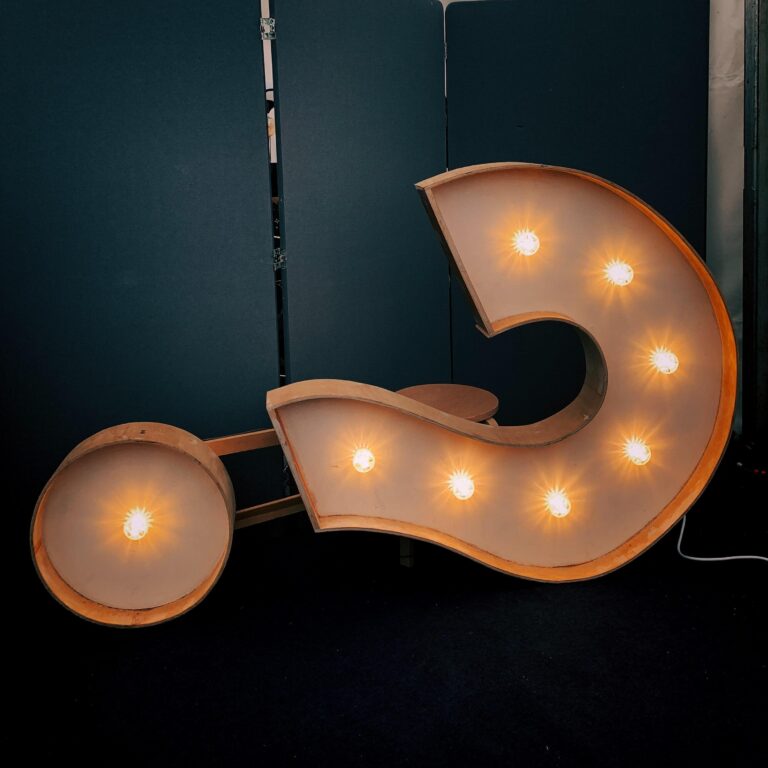Often our students aren’t excited about the idea of liberal arts colleges, believing them to be too small, expensive, or lacking in school spirit. While building a college list is a personal decision for every student, liberal arts colleges can often be viable options. They may not be the schools that you see winning football and basketball championships on national TV, but they can offer a distinctly different and valuable education to the right kind of student.
Well-Rounded Education
Many large universities offer a plethora of specialized majors, like Actuarial Science or Electro-Mechanical Engineering Technology, in which students become experts in a very specific field of study. This is great if students know exactly what career they want to pursue, but if they want to explore different fields or have the flexibility of switching careers later in life, specialized programs might not be the best fit.
Liberal arts colleges are defined by their well-rounded approach to education, which means that students are encouraged or even required to take classes outside of their major. This promotes students to become well-informed citizens in many disciplines and integrate concepts from various fields, rather than being limited to classes in their major.
Students can even integrate their multifaceted passions into unique majors that would not exist elsewhere! For instance, Franklin & Marshall College offers several interdisciplinary majors, like Scientific and Philosophical Studies of Mind which lies at the intersection of psychology and philosophy. Juniata College, on the other hand, does not offer traditional majors and instead uses Programs of Emphasis. These areas of study are designed collaboratively by students and their advisors by choosing courses from different fields that align with their goals and interests.
The flexibility offered by liberal arts colleges is especially beneficial for undecided students. There is no rush to declare a major, and at some colleges, even decided students must wait until their sophomore year. This approach greatly reduces the likelihood that students will change their major because they have had an opportunity to explore and solidify their interests. They may even feel empowered to choose a field they discovered a new passion for—without the pressure of having to officially change their major!
Small Classes
With those massive crowds at tailgates and games offered by larger universities come the same crowds in introductory classes. Although upper-level classes will likely be smaller (the University of Michigan, for instance, claims a 15:1 student: faculty ratio), general education requirements and introductory classes to majors can be larger. In an environment like this, students who are shy or struggle with self-advocacy may disappear into the crowd. Classes are also more likely to be lecture-oriented with less opportunity for experiential learning, application, or personalized review of topics where a student may be struggling.
By comparison, per their Common Data Set, liberal arts college Williams not only has a student-to-faculty ratio of 6:1 but also 85% of classes have 20 or fewer students. Smaller classes, common among liberal arts colleges, allow for more personalized learning, less lecture-based instruction, and a different kind of engagement with the material.
Transferable Skills
Rather than teaching vocational skills for a particular career, liberal arts colleges focus on general intellectual capacities like writing and collaboration that can be applied to nearly any profession. No major will perfectly align with a certain job opportunity. Aside from specialized fields like engineering, most entry-level positions do not require any particular major, and the necessary training is provided on-site. Therefore, candidates are evaluated on their core competencies rather than technical skill sets.
In fact, after surveying 318 employers in various fields, the Association of American Colleges and Universities (AAC&U) found that 93% believe that employees’ “capacity to think critically, communicate clearly, and solve complex problems is more important than their undergraduate major.” As a result, liberal arts graduates could be more appealing job candidates, have access to a wider range of opportunities, and enjoy more flexibility to change careers later in life.
No Graduate Students
Liberal arts institutions tend to call themselves colleges rather than universities: Williams College, Bowdoin College, Swarthmore College, etc. The difference in name provides an important distinction. Typically, a university offers graduate (master’s and doctoral) degrees while a college offers only or primarily undergraduate (bachelor’s) degrees. But why would being on a campus with few, if any, graduate students be an advantage?
The answer is fewer teaching assistants (TAs) and less competition for research opportunities. At many large research universities, graduate students teach introductory and upper-level courses as part of their funding package, meaning that undergraduates may not be learning from the professors that they expected! Those graduate students are likely also performing research and working closely with professors on projects, making it more difficult for undergrads to do the same. Although research opportunities at a liberal arts college might indeed be numerically fewer, the vast majority of them will be more accessible to undergraduate students.
More Scholarships and Financial Aid
Many families are deterred from liberal arts colleges due to their high “sticker price” or total cost of attendance that is advertised on the school’s website. Why would someone want to pay almost $80,000 per year to attend Swarthmore College when they could go to the University of Virginia for $35,000 per year (as a Virginia resident)?
Well, liberal arts colleges often boast more generous financial aid and scholarships that significantly reduce the cost to attend. In the case of Swarthmore, the college guarantees to meet 100% of the family’s financial need, meaning students will not pay more than they can afford according to the information on their FAFSA. Large, public universities, on the other hand, have more limited funding when it comes to scholarships and aid so the advertised “sticker price” is probably closer to what families can expect to pay, regardless of their ability to afford it. It is also worth noting that liberal arts colleges and other private institutions do not differentiate between in-state and out-of-state students. So, Swarthmore would be the same cost for a Pennsylvania or a Virginia resident, while the University of Virginia would cost more than twice as much for an out-of-state student.
For example, our admissions specialist Alyssa Coltrain applied to several liberal arts colleges and public research universities. After receiving a large scholarship from Dickinson College (which has a sticker price of $77,000 per year), it ended up being about the same price as an in-state public university, so she decided to enroll there!
Check out our blog posts on financial aid and merit scholarships for more information on how to estimate college costs and choose financial-fit schools.
Good Long-Term Return on Investment
The final concern that our students will raise about liberal arts schools is being able to find high-paying jobs after graduation. Large public universities offer career centers, job fairs, and expansive alumni networks that smaller liberal arts colleges struggle to compete with. However, the transferable, soft skills taught by liberal arts colleges ultimately are in high demand. The AAC&U also found that “at least half of employers view the skills of a liberal education as ‘very important’ for college graduates,” including critical thinking skills, digital literacy, the ability to work in teams, and the ability to analyze and interpret data.
It turns out that a liberal arts education can be a good return on investment (ROI)—at least in the long term. Georgetown University’s ROI Calculator suggests that although students of liberal arts college may struggle to see a return on their investment within the first ten years, those figures rise to 25% higher than average after forty years. The only institutions to have a higher long-term ROI are the top research universities like MIT and Stanford.
Overall, liberal arts colleges offer students many unique advantages over larger public institutions. Their flexible curricula allow students to explore many interests, small classes promote more meaningful engagement, core skills can apply to many fields and jobs, research opportunities are more accessible, financial aid is more generous, and the investment is truly worth it in the long run. A liberal arts education is not the right fit for every student, but for those who have multifaceted interests and thrive in a close-knit environment, these colleges could end up being their perfect fit.


